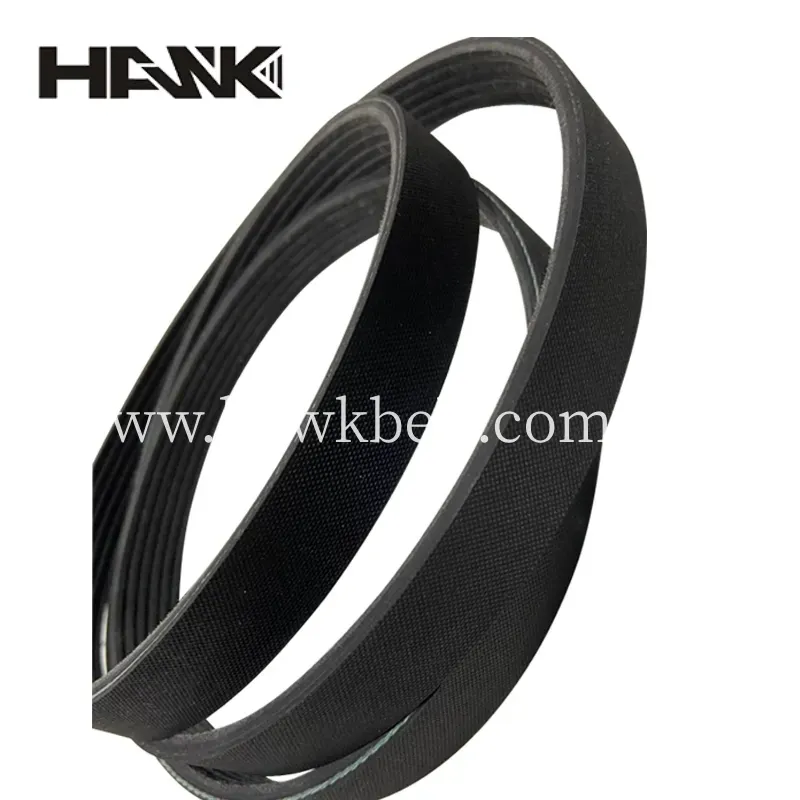- Arabic
- French
- Russian
- Spanish
- Portuguese
- Turkish
- Armenian
- English
- Albanian
- Amharic
- Azerbaijani
- Basque
- Belarusian
- Bengali
- Bosnian
- Bulgarian
- Catalan
- Cebuano
- Corsican
- Croatian
- Czech
- Danish
- Dutch
- Afrikaans
- Esperanto
- Estonian
- Finnish
- Frisian
- Galician
- Georgian
- German
- Greek
- Gujarati
- Haitian Creole
- hausa
- hawaiian
- Hebrew
- Hindi
- Miao
- Hungarian
- Icelandic
- igbo
- Indonesian
- irish
- Italian
- Japanese
- Javanese
- Kannada
- kazakh
- Khmer
- Rwandese
- Korean
- Kurdish
- Kyrgyz
- Lao
- Latin
- Latvian
- Lithuanian
- Luxembourgish
- Macedonian
- Malgashi
- Malay
- Malayalam
- Maltese
- Maori
- Marathi
- Mongolian
- Myanmar
- Nepali
- Norwegian
- Norwegian
- Occitan
- Pashto
- Persian
- Polish
- Punjabi
- Romanian
- Samoan
- Scottish Gaelic
- Serbian
- Sesotho
- Shona
- Sindhi
- Sinhala
- Slovak
- Slovenian
- Somali
- Sundanese
- Swahili
- Swedish
- Tagalog
- Tajik
- Tamil
- Tatar
- Telugu
- Thai
- Turkmen
- Ukrainian
- Urdu
- Uighur
- Uzbek
- Vietnamese
- Welsh
- Bantu
- Yiddish
- Yoruba
- Zulu
dec . 26, 2024 17:52 Back to list
Replacement Belt for Cummins 8PK Engine Suitable for Optimal Performance and Durability
Understanding the Importance of the 8PK Belt for Cummins Engines
When it comes to heavy-duty engines and their components, few brands have earned as much respect and recognition as Cummins. Known for their reliability and durability, Cummins engines power everything from trucks to construction equipment. However, even the best engines require regular maintenance and the replacement of specific parts to ensure optimal performance. One such essential component is the 8PK belt.
What is the 8PK Belt?
The term 8PK refers to a belt that has eight ribs or grooves running along its length. These ribs are crucial as they provide a better grip when transferring power from the engine’s crankshaft to various components like the alternator, water pump, and air conditioning compressor. The 'K' in '8PK' usually signifies a specific kind of construction that often includes rubber with reinforced fibers, designed to endure the stresses of heavy-duty operations.
Key Features and Benefits
1. Enhanced Durability The 8PK belts designed for Cummins engines are built to withstand extreme conditions. Whether it's high temperatures, heavy loads, or the constant wear and tear associated with operation in various environments, these belts are engineered to last.
2. Optimal Performance A properly functioning 8PK belt ensures that all connected accessories receive adequate power. This leads to smoother engine operation, driving efficiency, and reduced fuel consumption, which ultimately contributes to lower operational costs.
3. Noise Reduction The design of the 8PK belt minimizes vibrations and noise that can occur with less efficient belts. A quieter engine not only creates a more pleasant experience for the operator but also signifies that the engine is running smoothly, enhancing reliability.
4. Easy Installation Most 8PK belts are designed for straightforward installation, making it easier for mechanics and operators to replace them without significant downtime. This rapid replacement means that vehicles and equipment can return to service quickly, which is particularly important in industries where time is money.
for cummins belt 8pk

Maintenance Tips
While the 8PK belt is robust, it is essential to maintain it properly for longevity. Here are some maintenance tips
1. Regular Inspections Periodically check the belt for signs of wear, such as fraying, cracks, or glazing. Early detection of these issues can prevent more significant problems down the line.
2. Check Tension Ensure the belt is correctly tensioned. A belt too loose may slip, while one that is too tight can cause premature wear on both the belt and the pulleys.
3. Watch for Debris Keep an eye on the components near the belt for any debris that may cause abrasions. Clean any dirt or grime that accumulates around the pulleys and belt.
4. Replace as Needed Even the best belts will need to be replaced eventually. Adhere to the manufacturer’s recommendations for replacement intervals and do not wait until a significant problem arises.
Conclusion
In the world of heavy machinery and engines, the 8PK belt plays a critical role in maintaining operational efficiency and reliability. For anyone who operates Cummins engines, understanding the importance of this component cannot be overstated. By investing in quality 8PK belts and implementing proper maintenance practices, operator downtime can be minimized, productivity increased, and costs reduced.
In summary, whether you are a fleet manager, a technician, or a machine operator, keeping your Cummins engine’s 8PK belt in top condition is pivotal. It not only enhances performance and efficiency but also contributes to the overall longevity of the engine, proving that sometimes, the smallest components can have the most significant impact on success.
-
Korean Auto Parts Timing Belt 24312-37500 For Hyundai/Kia
NewsMar.07,2025
-
7PK2300 90916-T2024 RIBBED BELT POLY V BELT PK BELT
NewsMar.07,2025
-
Chinese Auto Belt Factory 310-2M-22 For BMW/Mercedes-Benz
NewsMar.07,2025
-
Chinese Auto Belt Factory 310-2M-22 For BMW/Mercedes-Benz
NewsMar.07,2025
-
90916-02660 PK Belt 6PK1680 For Toyota
NewsMar.07,2025
-
drive belt serpentine belt
NewsMar.07,2025

